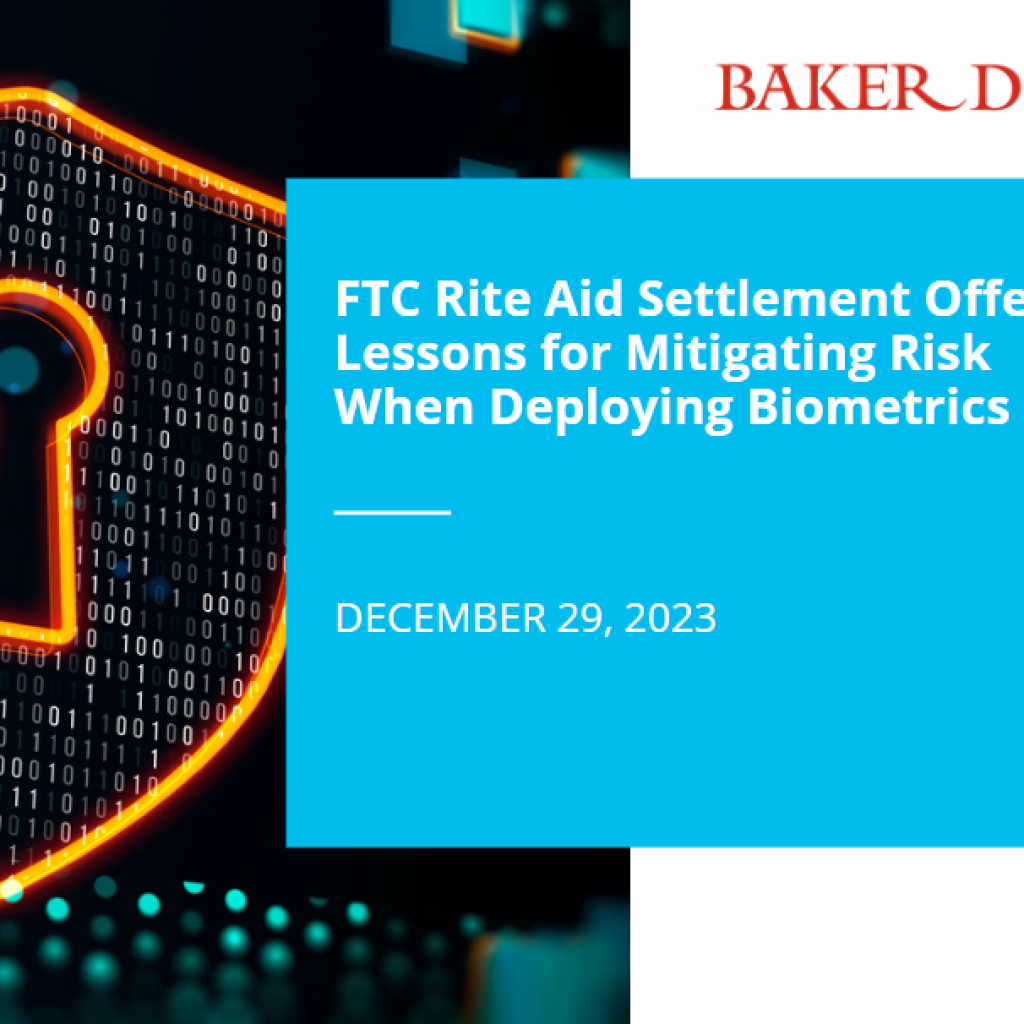Since immemorial, humans have been captivated by the rhythmic beauty of the natural world. Now, an Iowa State University professor, Johnny DiBlasi, is transforming the data generated by trees and their environment into a tangible work of art. With a $10,000 grant from the Iowa Arts Council, he is embarking on a groundbreaking “Transcoded Ecologies” project, which seamlessly merges artificial intelligence with plant biodata, resulting in an immersive art installation that harmonizes light and sound.
Harmonizing nature and technology
Johnny DiBlasi, an assistant art and visual culture professor at Iowa State University, has taken an innovative approach to artistic expression. His project, “Transcoded Ecologies,” is set to remarkably bridge the gap between nature and technology. This transformative art installation combines sensors that track data from tree saplings with an artificial intelligence program that translates this data into a dynamic sensory experience involving light and sound.
Creating an Alternative Ecological Awareness
DiBlasi’s project is not just about aesthetics; it seeks to cultivate a unique ecological consciousness among its audience. By directing attention to the environment and the interconnectedness of all living organisms, “Transcoded Ecologies” highlights the intricate web of life humans are an integral part of.
DiBlasi says, “I like a plurality of narratives, experiences, understandings, and meanings. When I present a work to an audience, I like that the audience can interpret it differently, and everybody can take away something different.”
A Fulbright fellowship sparks inspiration
The genesis of “Transcoded Ecologies” traces back to DiBlasi’s Fulbright fellowship, which led him to collect data from plants in public parks and forests in Austria from February to May 2021. He built upon this foundation and constructed a prototype involving several houseplants encased in a lightbox. Sensors meticulously monitored environmental conditions such as temperature, light, and plant respiration rates. The AI, in turn, analyzed data cycles, or “time series,” and transformed them into an engaging visual and auditory experience. The prototype was unveiled for a week during the summer of 2022 at Reliable Street, an arts space in Ames.
Scaling up with support from the Iowa Arts Council
The Iowa Arts Council recognized the potential of DiBlasi’s project and awarded him a $10,000 grant to scale it up from the prototype stage. This funding will enable him to fine-tune the artificial intelligence system and expand the installation’s scope. In his vision, the completed installation will employ tree saplings that can be set up within a studio or art gallery. DiBlasi has set an ambitious timeline of eight to ten months to prepare the project for installation and to showcase the artwork in a suitable venue, such as an arts center. He also plans to make the technology portable, allowing the installation to travel and enchant audiences across multiple venues.
Art from Biology: DiBlasi’s creative journey
DiBlasi’s foray into blending biology with art is not new. Around five years ago, upon his arrival at Iowa State University, he began exploring the artistic possibilities of culturing bacteria to form intricate patterns. His project used a robotic arm to feed the bacteria precisely, shaping the cultures into desired formations. The result was a stunning display of bacterial cultures that resembled geometric art rather than a typical colony of living organisms.
DiBlasi is also the co-founder of [phylum], a research and arts collective. Collaborating with two interdisciplinary artists based in New York who share his passion for exploring the aesthetics of data, this collective adopts a playful and experimental approach to merge science, technology, and living systems to uncover new avenues of artistic expression.
As DiBlasi succinctly puts it, “Painters paint. Sculptors work with wood and metal. I want to work with biodata and technology. That’s my medium.”
Johnny DiBlasi’s “Transcoded Ecologies” project promises to be a captivating blend of art and nature, an embodiment of the interconnectedness of all living things, and an exploration of the beauty hidden within the biological rhythms of trees. As this visionary project continues to evolve, it holds the potential to inspire audiences, fostering a deeper appreciation for the natural world and our place within it.





